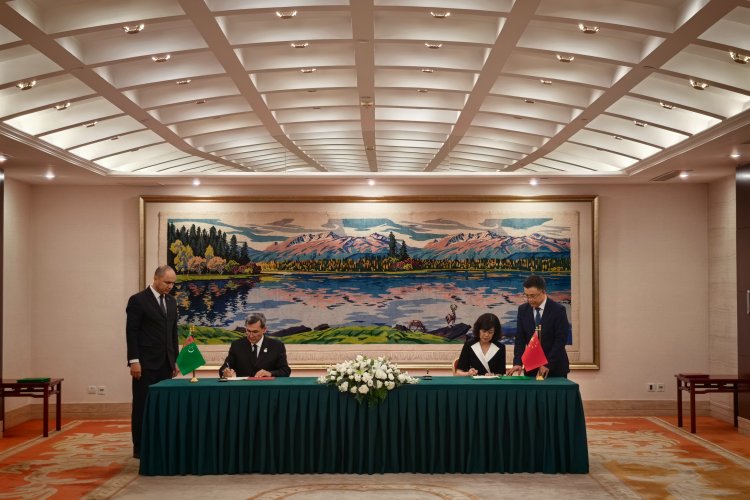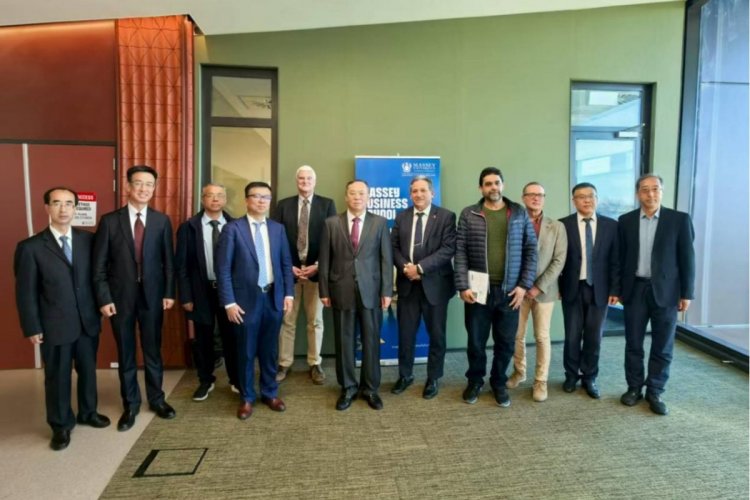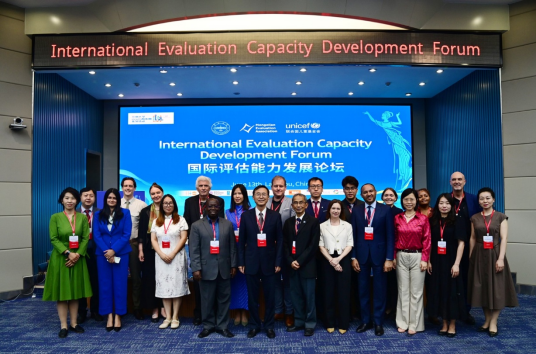Recently, Journal of Hydrology published the newest research result entitled “The verification of millennial-scale monsoon water vapor transport channel in northwest China” made by Prof.Li’s team of College of Earth Environmental Sciences of LZU.
The summary of the above-mentioned paper is as follows:
Long-term changes of the Asian summer monsoon water vapor transport play a pivotal role in the variability of monsoon precipitation. Paleo-climate simulations have shown that there is an important monsoon vapor transport channel in western China. Previous studies mostly focused on the correlation between monsoon precipitation and intensity. Little research has been done on the verification of the water vapor channel. Compared with speleothem and lacustrine systems, the hydrological cycle of land surface sediments is more directly related to the monsoon water vapor. In this study, we used carbonate δ18O and organic matter δ13C of the surface eolian sediments from the piedmont of the northern Qilian Mountains to verify the monsoon water vapor on the Holocene millennial-scale. Two surface sedimentary sections were selected to study paleo-monsoon water vapor transport. Proxy data, including carbonate δ18O and organic matter δ13C of surface eolian sediments, as well as total organic matter and carbonate content were obtained from the two eolian sections. We also synthesized transient simulations of the CCSM3 and the Kiel climate models. The PMIP 3.0 project and TRACE isotopic simulations were also compared with the reconstructed monsoon water vapor transport. Our findings indicate that the strength of the Holocene Asian summer monsoon is consistent with the water vapor transport in western China that has significant impacts to long-term monsoon precipitation in northern China. This study verifies a significant millennial-scale correlation between the monsoon strength and monsoon water vapor transport intensity along the eastern Qinghai–Tibet Plateau
(Translated by Li Qi, proofread by Zhang Lu)




